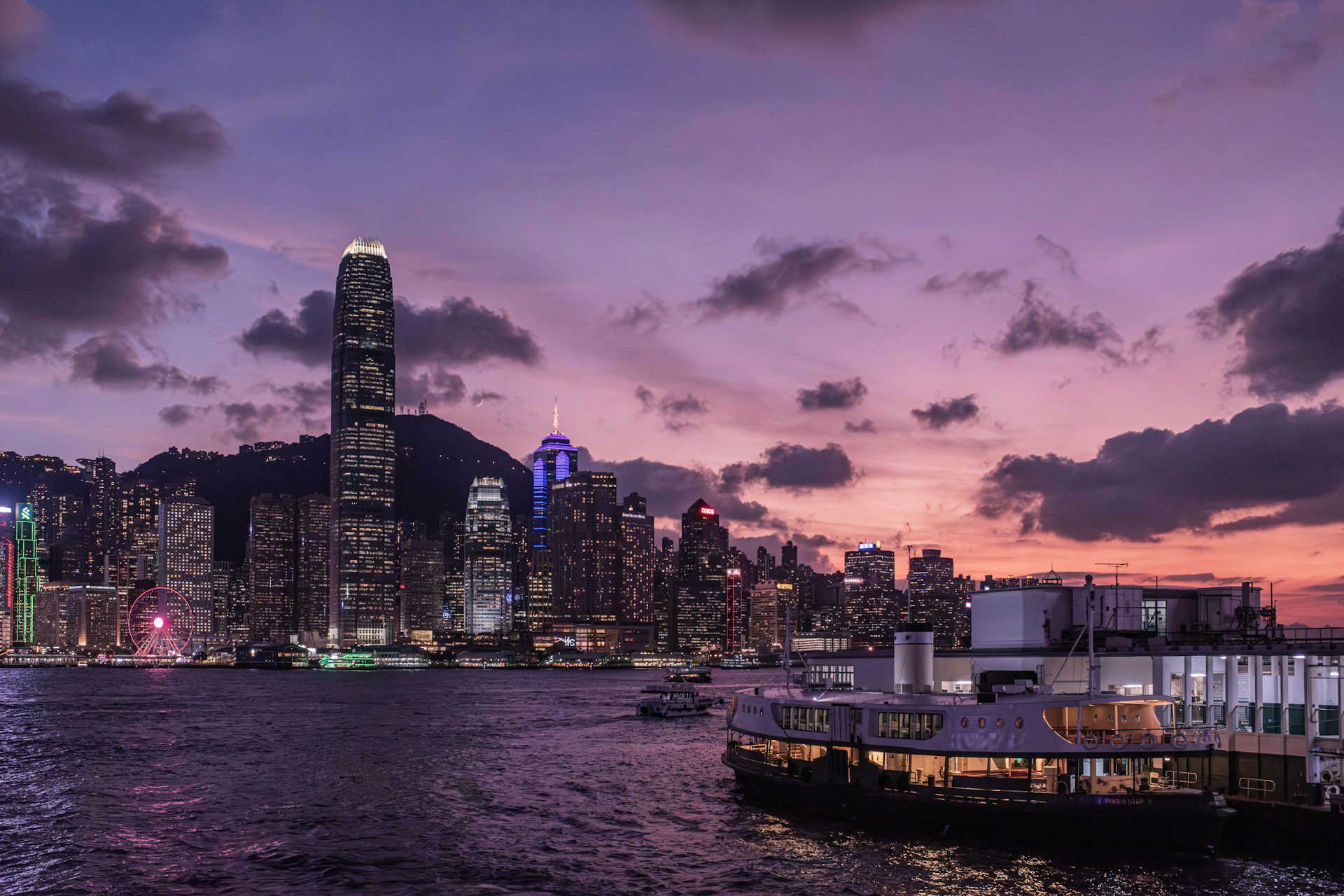Michelin-Starred Restaurants: A Culinary Journey to Excellence
Michelin-starred restaurants are more than just eateries; they are temples of culinary artistry, where every dish is a testament to precision, creativity, and passion. For over a century, the Michelin Guide has been the ultimate authority on gastronomy, awarding stars to establishments that exemplify exceptional quality, technique, and consistency. These restaurants are not merely places to eat but destinations for food enthusiasts seeking the pinnacle of dining experiences.
What Makes a Michelin-Starred Restaurant Special?
The journey to earning a Michelin star is grueling, requiring chefs and their teams to achieve near-perfection in every aspect of their craft. From the sourcing of ingredients to the presentation of each course, every detail is meticulously curated to deliver an unforgettable dining experience. These restaurants often push boundaries, blending traditional techniques with innovative twists that challenge even the most discerning palates.
One of the hallmarks of a Michelin-starred restaurant is its ability to tell a story through food. Chefs use their creations to reflect their personal culinary philosophies, cultural influences, and even their emotional states. Each dish is a narrative, inviting diners into a world where flavor, texture, and artistry converge.
Exploring the World of Michelin Stars
Michelin stars are awarded based on several criteria, including the quality of the food, the creativity of the menu, and the overall dining experience. While some restaurants achieve one star, others may earn two or even three, a distinction reserved for establishments that offer dishes of “exceptional creativity” and “flavor precision.”
These restaurants are not confined to traditional cuisines; they often experiment with fusion flavors, seasonal ingredients, and avant-garde cooking techniques. For instance, some chefs might pair unexpected ingredients like seafood and dessert, while others focus on hyper-seasonal produce to create menus that change with the passage of time.
Iconic Michelin-Starred Restaurants
While there are countless Michelin-starred restaurants worldwide, a few stand out for their innovation and influence. In France, the birthplace of the Michelin Guide, cities like Paris and Lyon are home to some of the most celebrated establishments. Meanwhile, countries like Japan and Italy have also made significant contributions to the world of Michelin dining, blending centuries-old traditions with modern culinary techniques.
In recent years, even non-traditional food capitals like New York and Singapore have seen a surge in Michelin-starred restaurants, proving that exceptional dining knows no borders. These establishments often serve as laboratories for culinary innovation, attracting chefs from around the globe to learn and experiment.
Why Visit a Michelin-Starred Restaurant?
For food lovers, visiting a Michelin-starred restaurant is an experience like no other. These eateries offer more than just meals; they provide an opportunity to witness culinary excellence firsthand. Each dish is a masterpiece, carefully crafted to evoke emotions and tell stories.
Dining at such a establishment is also a celebration of tradition and innovation. Many Michelin-starred restaurants pay homage to their cultural roots while pushing the boundaries of what’s possible in the kitchen. This blend of respect for the past and openness to the future makes them destinations worth traveling for.
Conclusion
Michelin-starred restaurants are more than just dining destinations; they are living testament to the art of cooking and the pursuit of perfection. Each one offers a unique glimpse into the culinary world, inviting diners to embark on a journey of discovery and flavor. Whether you’re a food enthusiast or simply someone who appreciates good food, a visit to a Michelin-starred restaurant is an experience that will leave you with lasting memories—and perhaps even a newfound appreciation for the art of dining.
